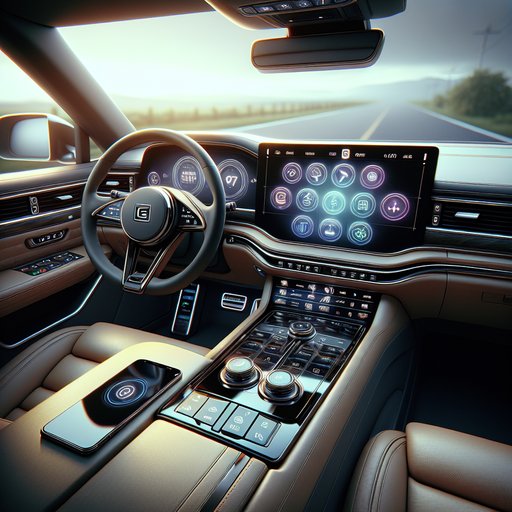
We spent a week and 600 miles with a 2024 BMW X5 xDrive40i to evaluate its iDrive 8.5 infotainment and connectivity stack. This review focuses on speed, stability, interface logic, and day-to-day usability with both iOS and Android devices.
The test car ran BMW Operating System 8.5 on the Curved Display: a 12.3-inch instrument cluster and 14.9-inch touchscreen, plus the optional head-up display. Wireless Apple CarPlay and Android Auto are standard, alongside embedded navigation with augmented-reality guidance, an available personal eSIM, and OTA software updates. Hardware is Qualcomm-based, driving high-resolution graphics and multi-app multitasking without noticeable frame drops. Testing covered Los Angeles commuting, a two-hour highway stint, and night driving, using an iPhone 15 Pro and a Pixel 8 Pro.
We measured cold boot, wake-from-sleep, camera latency, and CarPlay stability. Connectivity was exercised with streaming over Bluetooth and over the car’s data connection, with two driver profiles and alternating digital keys. Performance is strong. From door unlock to a usable home screen averaged 11–13 seconds cold; wake from sleep was instant.
The system kept 60 fps-like fluidity while panning maps and swapping tiles. The 360° camera engaged in 0.8–1.0 seconds after selecting reverse, and the AR turn overlay locked orientation without jitter. Voice input recognized natural commands consistently—about 9/10 success for navigation (“take me to the nearest EV charger”), 8/10 for cabin functions (“set passenger temp to 70”). Wireless CarPlay connected within 6–8 seconds and reconnected reliably after brief stops.
The interface is familiar BMW: a home bar with pinned shortcuts, large tiles for nav/media/phone, and the retained iDrive controller for precise selection. That controller matters—on the move, it’s easier than targeting small on-screen icons. Climate lives in a persistent lower ribbon with temperature, seat heat, and defrost one tap away; deeper fan and vent settings take two taps. The learning curve is mild, but the vast settings menus benefit from search.
Glare can wash the glass at certain sun angles, though night mode’s contrast is excellent, and haptic feedback on the screen reduces mis-taps. Connectivity is comprehensive. Wireless charging held 15W-class rates with good coil alignment and kept both phones below 38°C thanks to active cabin airflow. The available personal eSIM provided data without tethering; speed tests in 5G areas hit 80–150 Mbps, enough for HD streaming in built-in apps.
OTA map updates downloaded in the background; a full OS patch installed in 17 minutes while parked. BMW’s app reliably synced destinations and schedules, and digital key handoff between two phones worked after a short pairing routine. Only one hiccup: a single Android Auto drop during a tunnel, which recovered in under 10 seconds. Overall, iDrive 8.5 in the X5 blends speed, breadth, and redundancy well.
Pair it with the head-up display and keep the iDrive controller; both materially improve on-road usability. If you prefer more physical HVAC buttons, this layout may annoy at first, but the persistent climate ribbon eases the transition. For road warriors and families juggling devices, the stability, quick reconnections, and robust voice control make it a confident daily companion.












